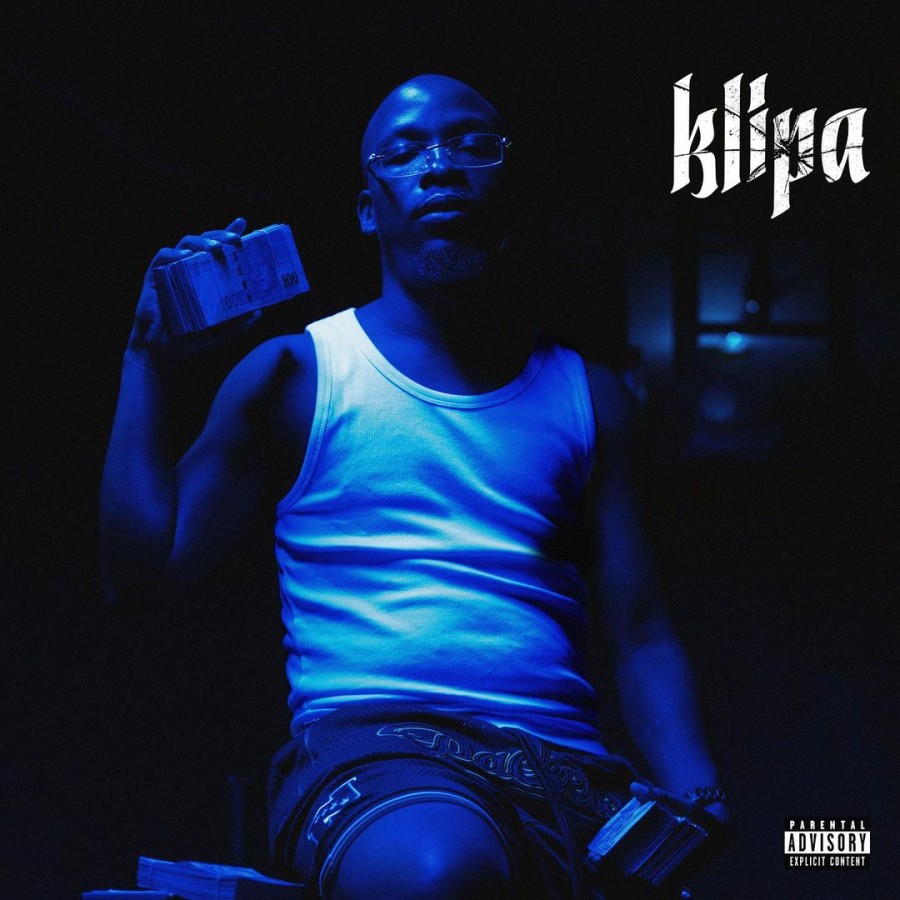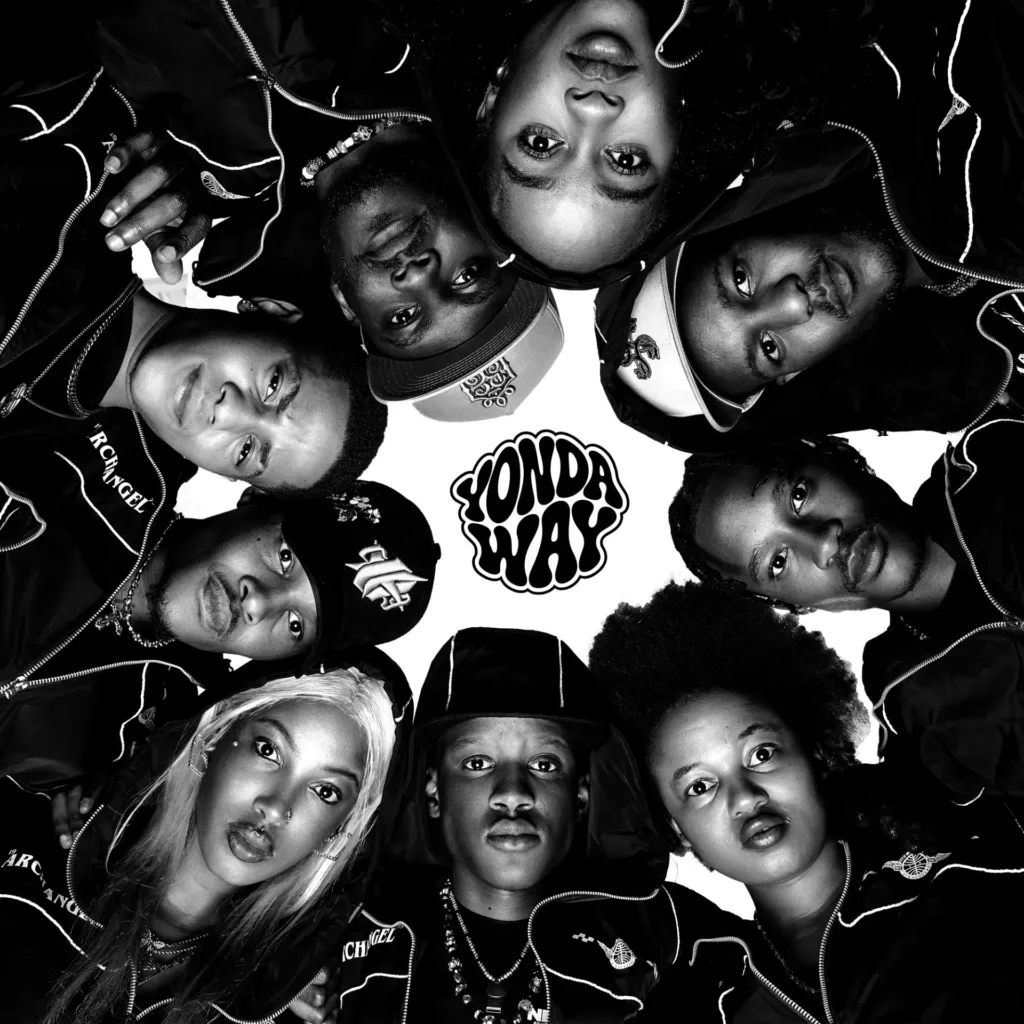With the theme of this issue being “the art of the come-up”, I thought it fitting to dive into what the lifespan of an artist is. I am not usually one to write an opinion piece but, since the opportunity arose, I thought to myself, why not? Before I dive into what the rapper lifecycle is, I’d like to take you through a brief explanation of how I came to theorise the rapper lifecycle. When you specialise in a trade, you won’t see things the same way as a layman. For example, a professional footballer doesn’t watch the game with the same eye as the casual fan. They notice every intricacy of the game, from how a player chooses to trap the ball right down to the overall tactical approach of the team. What I am trying to explain is that I listen to music with a different ear. As someone who has been working in music media for the last four years, I have listened to countless artists. The biggest lesson I have learnt is how to listen to an artist. I contextualise where the artist is in their career and that affects how I critique their music.
For example, I cannot listen to an artist who has released their first EP and compare them to someone who is on their fifth studio album. They are on two totally different levels and the critique should match the level of the artist. Many a time, I have introduced my friends to an artist and they didn’t enjoy the music. Everyone is entitled to their opinion, but what they might have missed is the context of where that artist is at that particular time. I often introduced my friends to artists in the infancy of their careers and their music would be a bit rough around the edges. Years later, I would find my friends listening to the same artists, once they were more polished.
So, yes, context is very important when digesting music. Now you understand why. With that matter out of the way, we can begin to explore what I call the rapper lifecycle. My theory is based on the economic principle of a business lifecycle. The typical business lifecycle has four stages, namely: the start-up phase, the growth phase, the maturity phase and the decline. I will use these four stages to explain how a rapper goes through these phases as well as an artist who exemplifies that particular phase.
The Start Up Phase
In business terms, this is the stage where the business is fresh on the scene. Their main focus is getting their name out there. This is also the stage where business is slow and profits are low. In terms of music, this is the stage where a rapper is new on the scene and trying to build their name. Often, the type of music that artists in this phase create is a hard-hitting brand of trap. Of course, there are exceptions to the rule but, for the most part, this is accurate. The reason for this is that the artist is usually young and consumes up-tempo music that matches the energy of their youth. From a commercial point of view, artists in the start-up phase have a limited amount of exposure to the commercial aspect of being an artist. Arguably, the start-up phase is the most important phase in the rapper lifecycle because this is when an artist gets to experiment with different sounds. Overall, this stage is all about the artist finding themself. That extends to aspects outside of the music, which includes their brand image. An example of an artist in this phase is Taura Montana. He creates music that exists in the realm of trap with a high-octane level of energy. Recently, he released a project titled TRAP NOMINEE. Judging by the name, you know exactly what to expect from the artist, and TRAP NOMINEE is the first full-length offering from this rising artist.
The Growth Phase
In business terms, the growth phase is characterised by an increase in sales and high brand recall. The business is in the position of scaling. Now, we don’t live in a perfect world and many, and I mean many, artists fall off early in their careers because of a lack of growth and innovation. At this stage, the ‘one-trick ponies’ are exposed. Artists who excel at the growth phase are the ones who have a clear understanding of the main message they want to convey in their music. They have crafted a narrative around their music and they understand their personal brand. They exploit all the resources at their disposal to push their music to different audiences. This phase also sees an increase in media support, with the artist showing face on various media platforms, including their first radio plays. An artist who exemplifies this stage is Scumie. She burst onto the scene with an aggressive brand of trap. However, she has since grown out of that phase and she is slowly refining a unique blend of African cultural influences with trap. She has also diversified her subject matter. This can all be seen in her latest offering, African Rockstar. The five-track offering sees the rapper explore a diverse range of sounds, including trap with African influences as previously stated, with the standout single being ‘Another Day Another Dollar (Tholi Mali)’. More recently, she has been seen working with brands such as PUMA. She isn’t an ambassador of the brand, but she is definitely making inroads into it.
The Maturity Phase
The maturity phase is where every business wants to be. This is the phase where the business is well established and their profits are higher than they have ever been. At this stage, the business focuses on fortifying its market share while looking for new opportunities to scale even further. In terms of rappers, this is the phase where they too are a well-established brand, with emphasis on the word brand. A brand is encompassing of everything about an artist, from their music to their image. From a musical point of view, the maturity phase is the peak of an artist’s powers, and artists are vying for accolades such as the SAMAs. At this stage, artists are working with large brands through endorsements. There are a number of artists that we can point to in this stage, but I will point to arguably the biggest one – Cassper Nyovest. When it comes to working with brands, he has done it all. We are at the stage where Cassper Nyovest is more than just an artist. His brand is larger than his contributions to music and his catalogue includes classic albums. From a musical point of view, he has explored other genres as a way of capturing a greater market share, and his business ventures are proving fruitful with him working with both Drip and Billiato.
The Decline Phase
In business terms, this is the phase where businesses have reached saturation and they begin to see a decline in profits. When a business reaches this stage, they often scale down to maintain profitability. This phase can be illustrated by businesses like Nokia. Nokia used to be the world’s leading cellphone but, over time, the brand saw a decline in popularity, as they failed to keep up with their competition. There is a saying in the world of rap, and it goes as follows, “Rap is a young man’s sport.” More than any other genre, we see talented artists fall by the wayside, making way for the newer and fresher artists who create a sound palatable to the youth. I know I sound harsh but my intention isn’t to come off as disrespectful. In fact, hip-hop honours artists who are in this phase by referring to them as OGs. These are artists who have successfully navigated the first few phases. So, more than anything, it is a feat worth celebrating because nothing lasts forever. In this category, we can think of artists like Maggz, L-Tido and Blaklez. They were all successful at the peak of their careers.
Conclusion
I hope that you now have a clearer understanding of the typical rapper lifecycle and what each stage represents. It should be noted that the rap game isn’t as cut and dried as I’ve made it seem. In a perfect world, an artist would go through each stage gracefully; however, some quit along the way, which is a topic for another day.
The post The rapper lifecycle – A deep dive into the lifespan of an artist appeared first on HYPE Magazine.

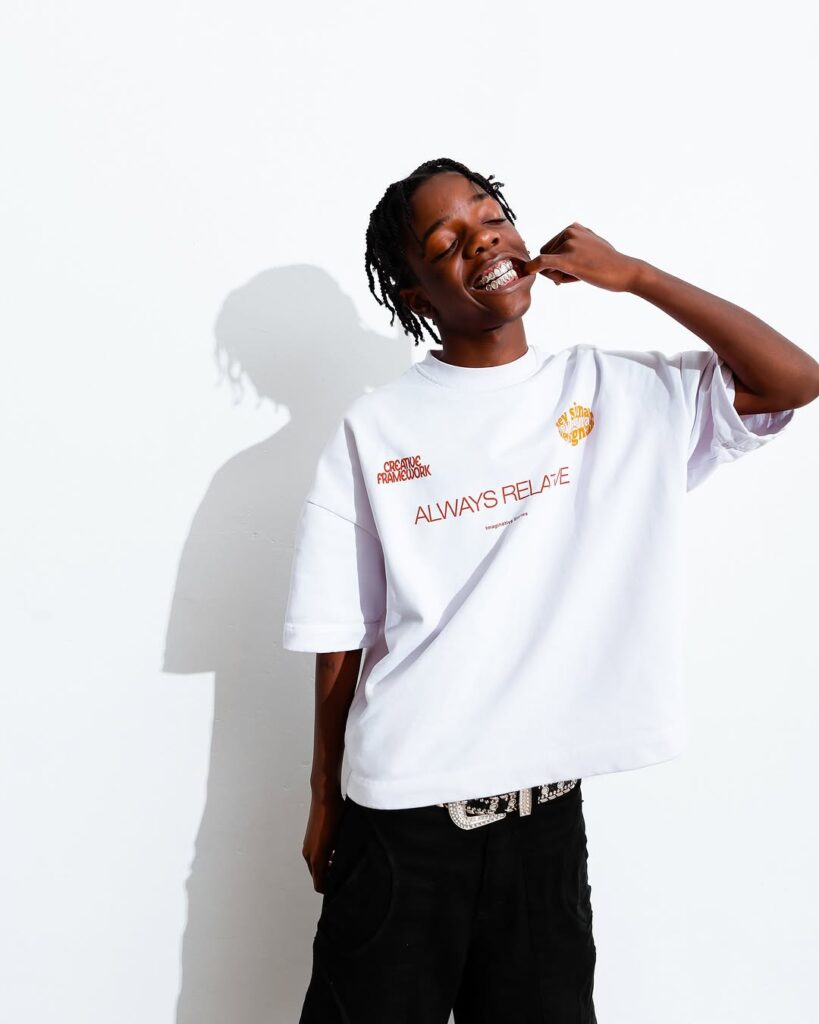








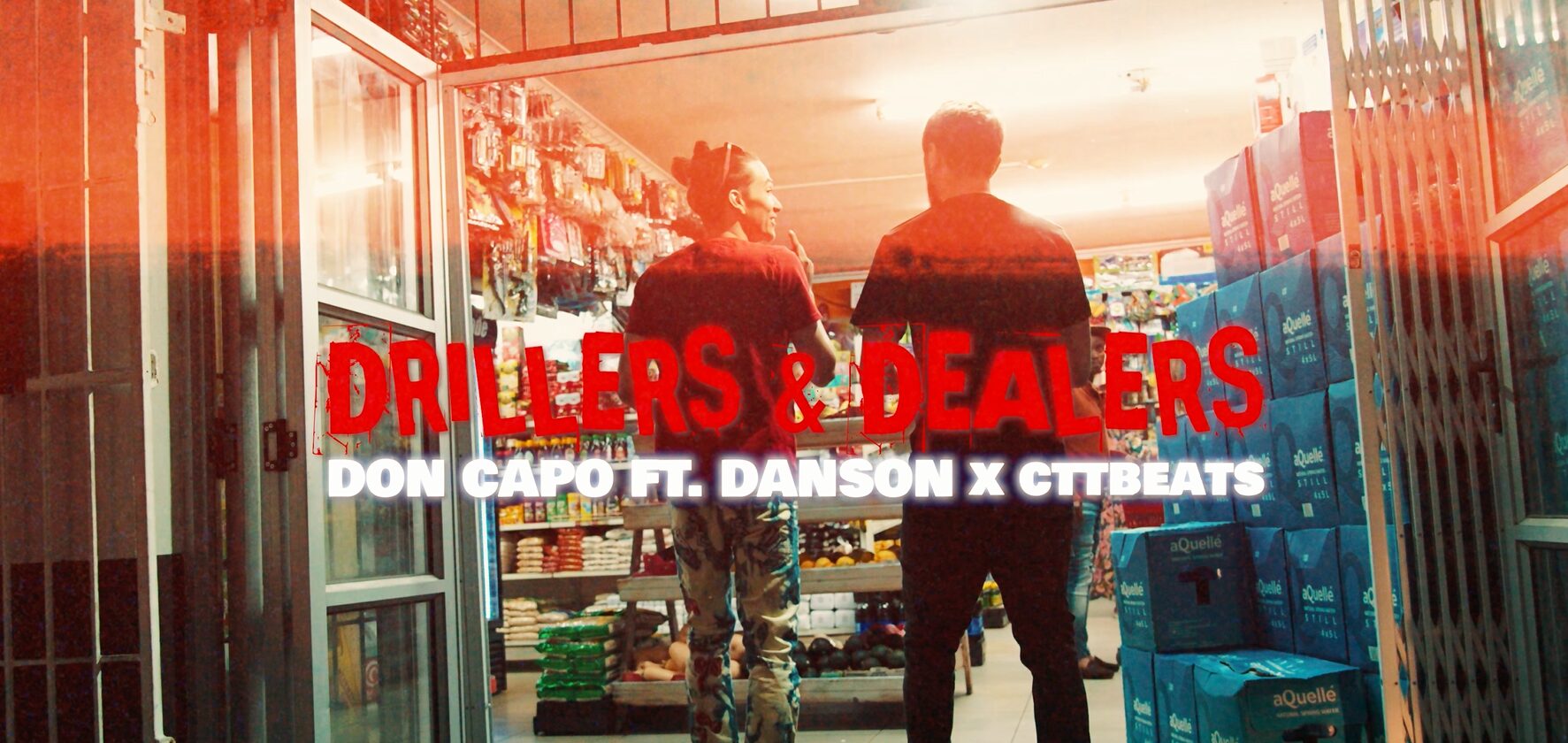

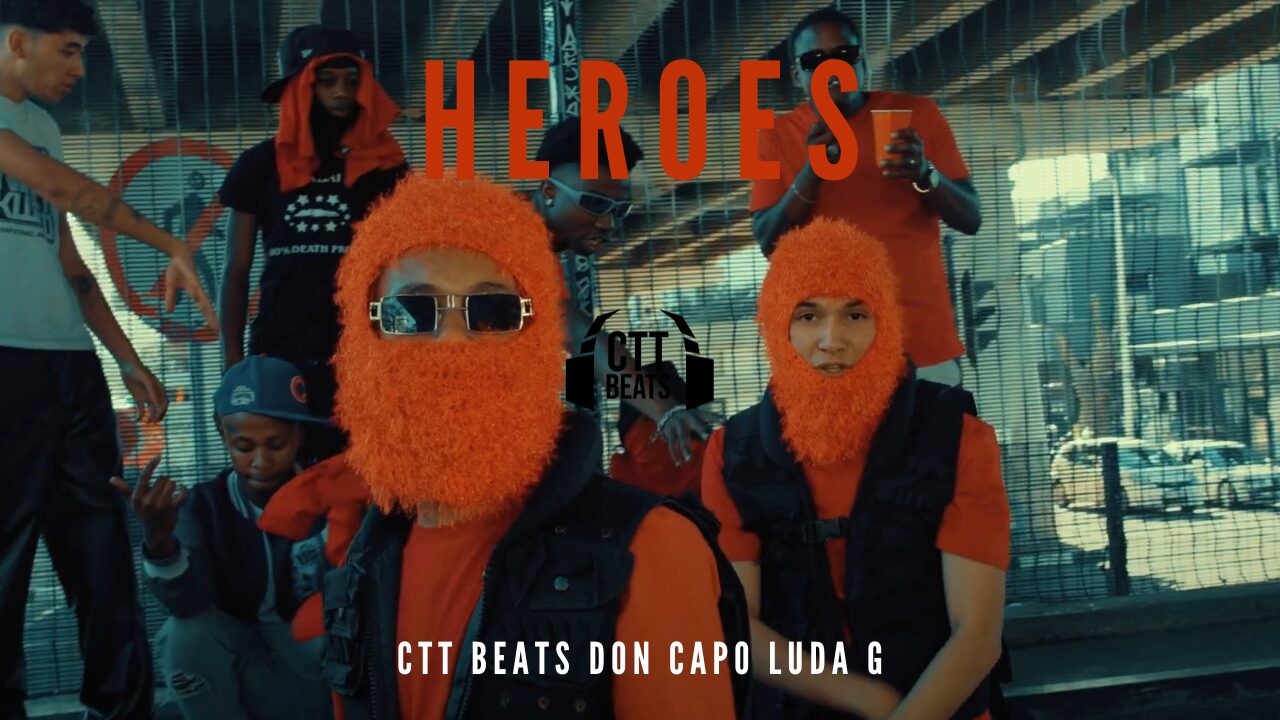

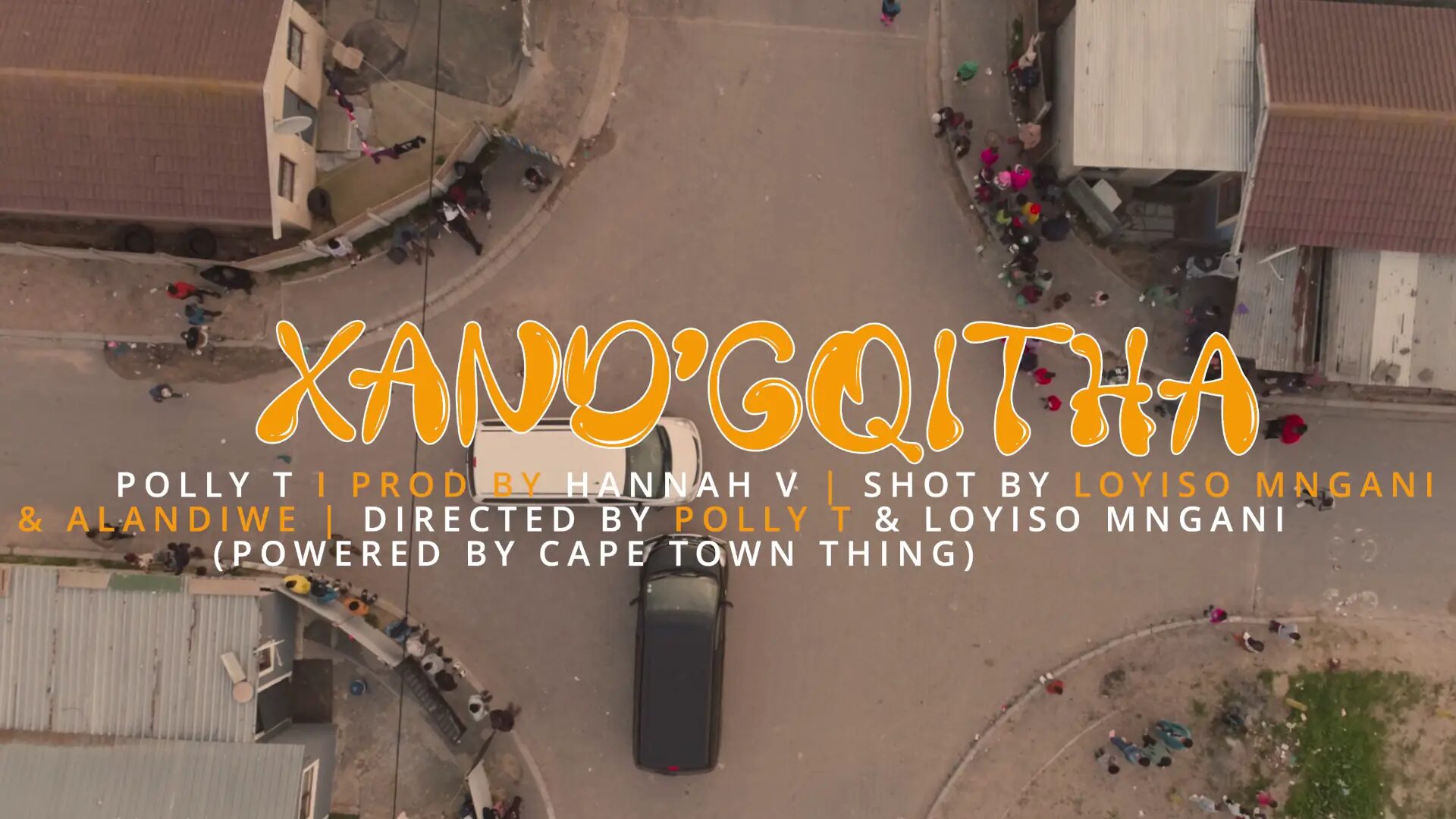
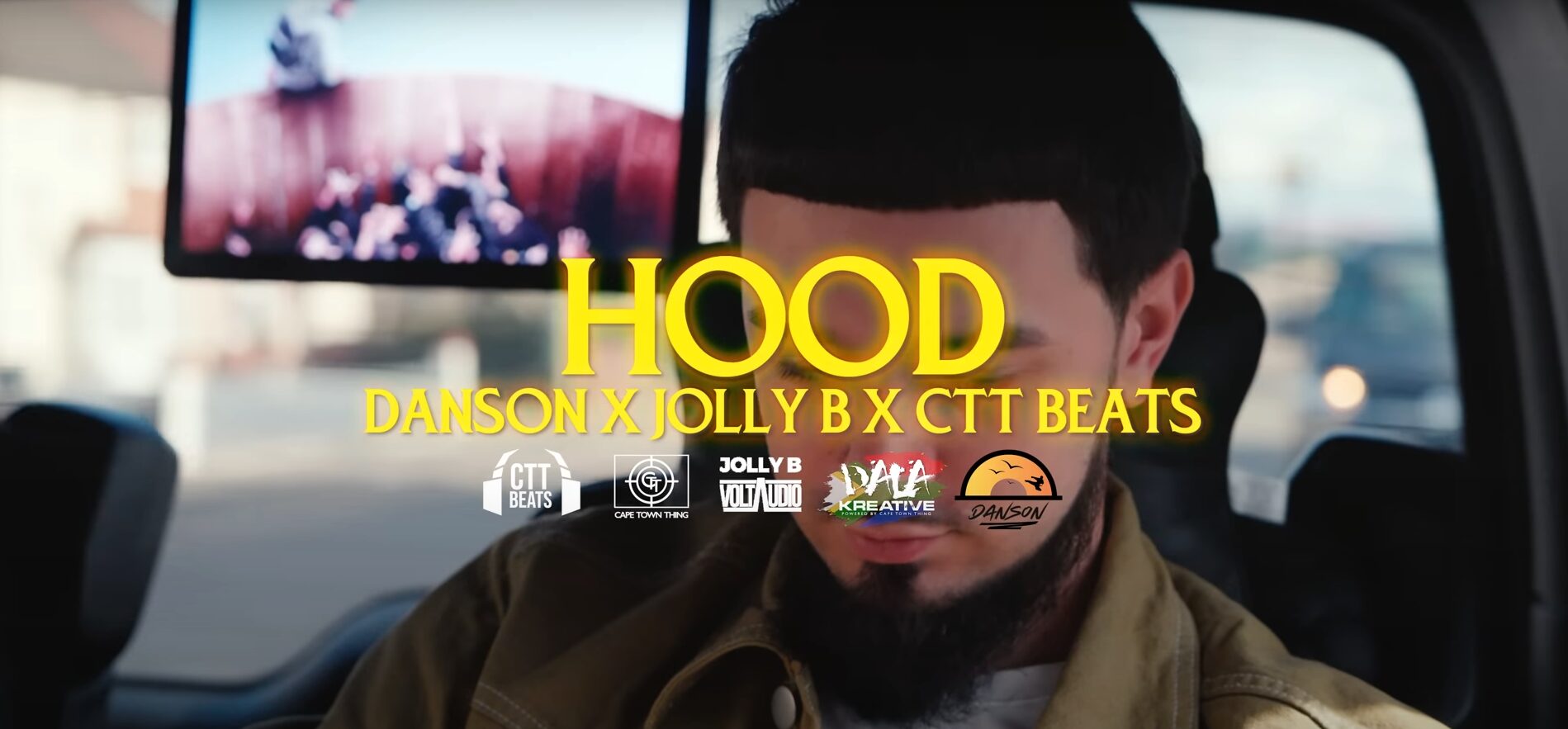
![CTT Beats, Flash Ikumkani, Hannah V – UNDITHWELE [ Official Video]](https://dalakreative.com/wp-content/uploads/2024/04/126e2320-6774-67b8-c0d0-6e9f02af4d58.jpg)
